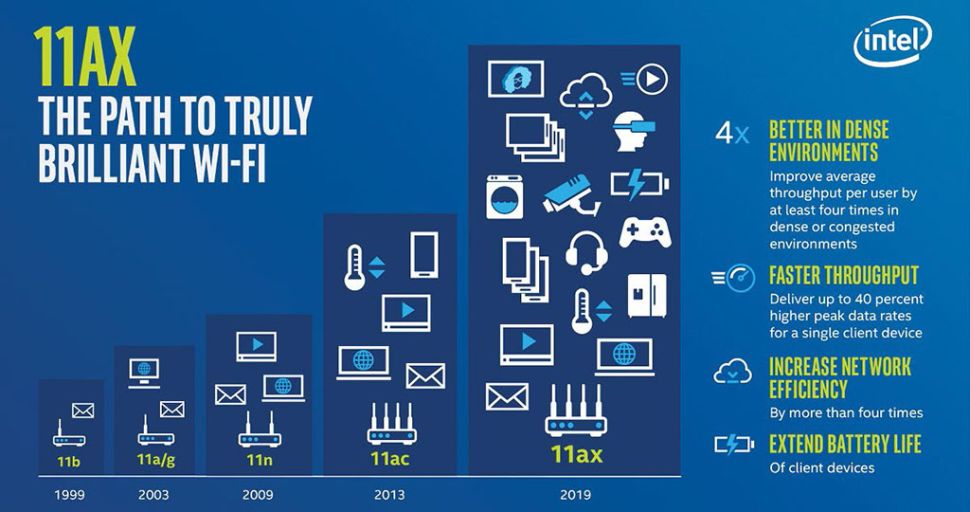The newest generation of wireless connectivity has been a major topic of discussion in 2020;
Why this isn’t just an update
5G and WiFi 6 might just sound like buzzwords for marketing campaigns, but they represent some major innovations in how we connect to networks; and more importantly, how our networks support all of

How WiFi 6 works
There are a few terms that Network experts will throw out while talking about all the benefits of
- MU-MIMO
Multiple User- Multiple Input, Multiple Output. It’s a mouthful, but this acronym is just a fancy way of saying thatWiFi 6 allows multiple people to send and receive data simultaneously from their devices totheir routers.
Doesn’t sound that impressive, does it? Well, what if I told you that your current WiFi can only process one request, from one device, one at a time? It’s a bigsingle-file queue. While previous generations got really good at filling requests from that one line quickly,WiFi 6 innovated to open up several, simultaneous streams of data(up to 8 on most available routers). We’ve upgraded from a street to a majordata highway. - OFDMA
Orthogonal Frequency-Division Multiple Access. Essentially, this feature represents a dramatic change in the way data is delivered to and fromyour router.
Remember that single street? Imagine that every truck on that street contained one package, for one house. The truck is otherwise empty, but it can only carry that one request. If you’re waiting on your “truck,” you’ll likely experience buffering, or load time increases onyour device.
OFDMA allows trucks to contain multiple packages for several homes at once; and, those trucks can deliver to multiple homes simultaneously. This reduces latency – the delay between cause and effect(in this case, the delay between a device’s request for data and the delivery ofthat data). - 1024-QAM
Related to OFDMA is1024-QAM, Quadrature Amplitude Modulation. This is simply describing how much data can be delivered in each “truck” over WiFi waves. While OFDMA allows more packages to be packed into a truck, QAM fills those boxes even more full of stuff. As prior versions of WiFi only support256-QAM, 1024-QAM claims speed improvements of up to 25%, on both uploadsand downloads. - Wake Time
With all this data flying around on networks, there is bound to be “noise” that could bog down routers as they sort through every request. In order to combat this,“wake time” connectivity tells a router to only communicate with devices at specific times or under specific conditions, rather that maintaining a constant connection to the device in case it needs to make a request. This not only helps to curb network noise, but it could also help you savebattery life.

5G and Millimeter-Wave Technology
5G also boasts increased speeds, connectivity, and efficiency through the applications of some of the tech we’ve discussed above; the major innovation that 5G offers is the use of
All wireless data transfers are the great-grandchildren of radio frequencies in one form or another; the hardware in your phone or computer is able to turn these waves into 1s and 0s. 5G is currently offered at several levels; “low” and “medium” frequencies being the most common in the current market
Challenges for the Future of Wireless
Both WiFi 6 and 5G represent the future of connectivity. Our increasing network of “smart” devices, as well as the “Internet of Things (IoT)” environments in our homes and offices, will require faster, always-on networks that can handle a LOT of data. But the real obstacle isn’t how fast WiFi and cell networks can get. It’s how quickly we can integrate the hardware and infrastructure into our world so that we can take advantage of
The
All in all, if you decide your business wants to invest in upgrading to

